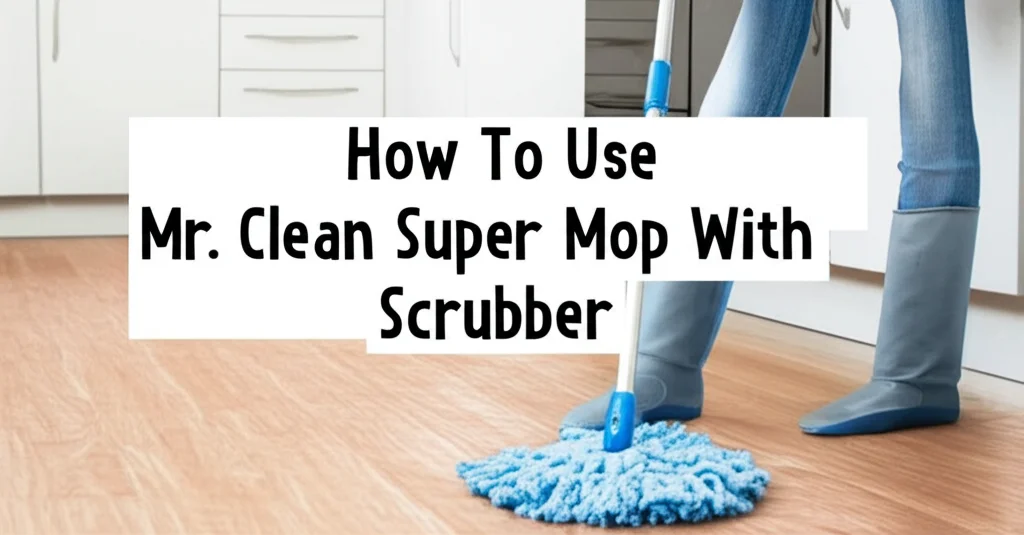· Cleaning Guides · 7 min read
How To Clean Chamois

Keeping Your Chamois Soft: A Complete Cleaning Guide
Have you ever wondered how to keep that incredibly absorbent chamois cloth feeling soft and working its best? A chamois, also known as a sheepskin, is a fantastic cleaning tool, especially for cars, but it needs proper care to maintain its effectiveness. Ignoring its cleaning needs can lead to a stiff, less-absorbent cloth that doesn’t perform as well. This article will walk you through everything you need to know about how to clean a chamois, from the initial wash to proper drying and storage. We’ll cover common mistakes to avoid and ensure your chamois stays in top condition for years to come.
Quick Answer: To clean a chamois, hand wash it in lukewarm water with a mild soap specifically designed for leather or delicate fabrics. Rinse thoroughly, gently squeeze out excess water (do not wring), and air dry away from direct heat or sunlight.
Takeaway:
- Always hand wash your chamois.
- Use a mild, pH-neutral soap.
- Air dry completely, avoiding heat.
- Store flat or loosely rolled.
Why Cleaning Your Chamois Matters
A clean chamois is a happy chamois, and a happy chamois means a better cleaning experience. Over time, a chamois will accumulate dirt, grime, and cleaning product residue. This buildup reduces its absorbency and can make it feel stiff and unpleasant to the touch. Regular cleaning removes these contaminants, restoring the chamois’s natural softness and ability to effectively lift dirt and water. Think of it like this: you wouldn’t use a dirty sponge to wash your dishes, would you? The same principle applies here.
Cleaning also extends the life of your chamois. Proper care prevents the leather from drying out and cracking, ensuring it remains a valuable cleaning tool for a long time. Investing a little time in cleaning will save you money in the long run by avoiding the need for frequent replacements.
What You’ll Need to Clean Your Chamois
Before you begin, gather the necessary supplies. You won’t need anything fancy, just a few gentle items. Here’s a checklist:
- Lukewarm Water: Avoid hot water, as it can damage the leather.
- Mild Soap: Specifically designed for leather or delicate fabrics. Baby shampoo works well in a pinch. Avoid harsh detergents or solvents.
- Clean Basin or Sink: For washing the chamois.
- Soft Towel: For gently blotting excess water.
- Flat Drying Surface: A clean, flat surface away from direct sunlight or heat.
Having everything ready beforehand will make the cleaning process smoother and more efficient. Remember, gentleness is key when dealing with a delicate material like chamois.
The Step-by-Step Chamois Cleaning Process
Now, let’s get down to the actual cleaning. Follow these steps for the best results:
- Prepare the Water: Fill your basin or sink with lukewarm water.
- Add Soap: Add a small amount of mild soap to the water and gently mix to create a light lather.
- Submerge the Chamois: Fully submerge the chamois in the soapy water.
- Gently Wash: Gently massage the chamois to loosen dirt and grime. Avoid harsh scrubbing or twisting. Focus on areas that appear particularly dirty.
- Rinse Thoroughly: Rinse the chamois under lukewarm running water until all traces of soap are gone. Ensure no soap residue remains, as this can affect its absorbency.
- Remove Excess Water: Gently squeeze out excess water. Never wring the chamois, as this can damage the leather and distort its shape.
- Blot with a Towel: Place the chamois on a clean, soft towel and gently blot to remove any remaining surface water.
- Air Dry: Lay the chamois flat on a clean, dry surface away from direct sunlight or heat. Allow it to air dry completely.
Drying Your Chamois: Avoiding Common Mistakes
Drying is arguably the most crucial step in cleaning a chamois. Improper drying can lead to stiffness, cracking, and reduced absorbency. Here are some common mistakes to avoid:
- Direct Sunlight: Sunlight can dry out the leather and cause it to become brittle.
- Direct Heat: Avoid using a hairdryer, radiator, or other heat sources. Heat can shrink and damage the chamois.
- Wringing: As mentioned earlier, wringing distorts the shape and damages the leather fibers.
- Hanging: Hanging can stretch the chamois out of shape.
The best method is to lay it flat in a well-ventilated area. Turning it over occasionally can help ensure even drying. Patience is key – allow ample time for the chamois to dry completely.
Restoring Softness: Conditioning Your Chamois
After cleaning and drying, you can further enhance your chamois’s softness and longevity by conditioning it. Leather conditioner helps replenish the natural oils lost during cleaning, keeping the leather supple and preventing it from drying out.
- Choose a Leather Conditioner: Select a conditioner specifically designed for sheepskin or delicate leather.
- Apply Sparingly: Apply a small amount of conditioner to the chamois.
- Massage Gently: Gently massage the conditioner into the leather.
- Allow to Absorb: Let the conditioner absorb for a few hours before using the chamois.
Conditioning isn’t essential after every cleaning, but it’s a good practice to do it every few washes to maintain optimal softness and performance. You can find excellent leather conditioners at most auto detailing stores or online retailers.
Storing Your Clean Chamois for Long-Term Care
Proper storage is just as important as cleaning and drying. Here’s how to store your chamois to keep it in top condition:
- Store Flat or Loosely Rolled: Avoid folding the chamois tightly, as this can create creases and reduce its absorbency.
- Keep it Dry: Ensure the chamois is completely dry before storing it.
- Avoid Plastic Bags: Plastic bags can trap moisture and promote mildew growth.
- Store in a Cool, Dry Place: Choose a cool, dry location away from direct sunlight and heat.
Following these storage guidelines will help preserve your chamois’s softness and absorbency for years to come. A dedicated storage container or a breathable cloth bag are excellent options.
Frequently Asked Questions About Cleaning Chamois
Q: Can I machine wash my chamois? A: No, machine washing is not recommended. The agitation and heat can damage the leather. Hand washing is the gentlest and most effective method.
Q: How often should I clean my chamois? A: It depends on how frequently you use it. If you use it daily, clean it weekly. If you use it less often, clean it as needed when it becomes visibly dirty or loses its absorbency.
Q: What type of soap should I use? A: Use a mild soap specifically designed for leather or delicate fabrics. Baby shampoo is a good alternative. Avoid harsh detergents or solvents.
Q: My chamois feels stiff even after cleaning. What can I do? A: Try conditioning the chamois with a leather conditioner to replenish its natural oils. If it remains stiff, it may be permanently damaged.
Q: Can I use a chamois to clean anything? A: Chamois are excellent for cleaning cars, boats, and other surfaces that require a soft, absorbent cloth. They can also be used for general household cleaning, but avoid using them on abrasive surfaces.
Conclusion: Maintaining a Superior Cleaning Tool
Cleaning your chamois doesn’t have to be a daunting task. By following these simple steps, you can keep your chamois soft, absorbent, and ready to tackle any cleaning challenge. Remember to hand wash with mild soap, air dry away from heat, and store it properly. A well-maintained chamois is a valuable asset for any cleaning enthusiast. So, take the time to care for your chamois, and it will reward you with years of exceptional cleaning performance. Don’t let your chamois become stiff and ineffective – invest a little effort in its care, and enjoy the benefits of a truly superior cleaning tool!




